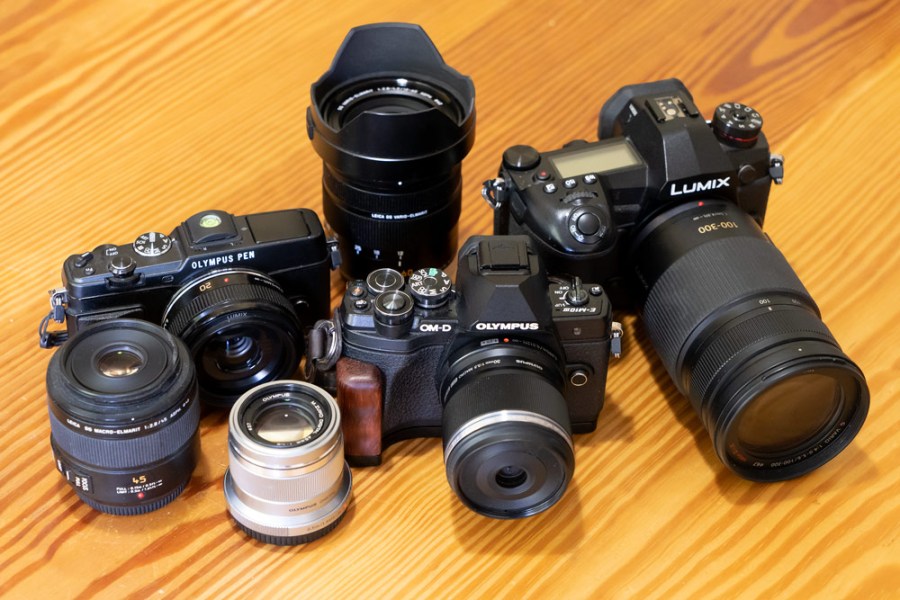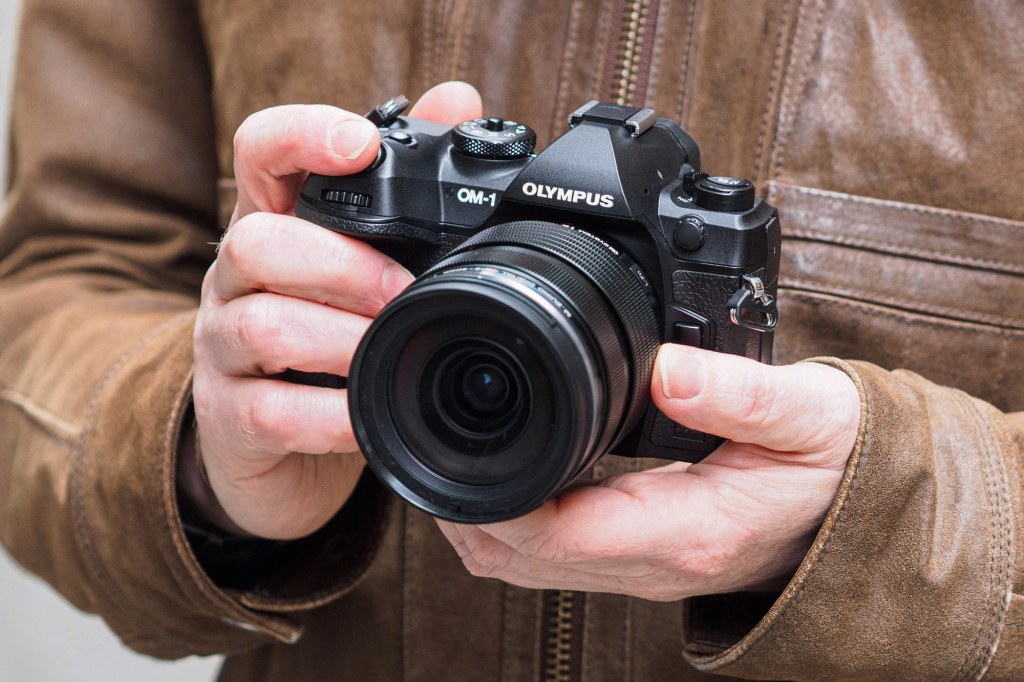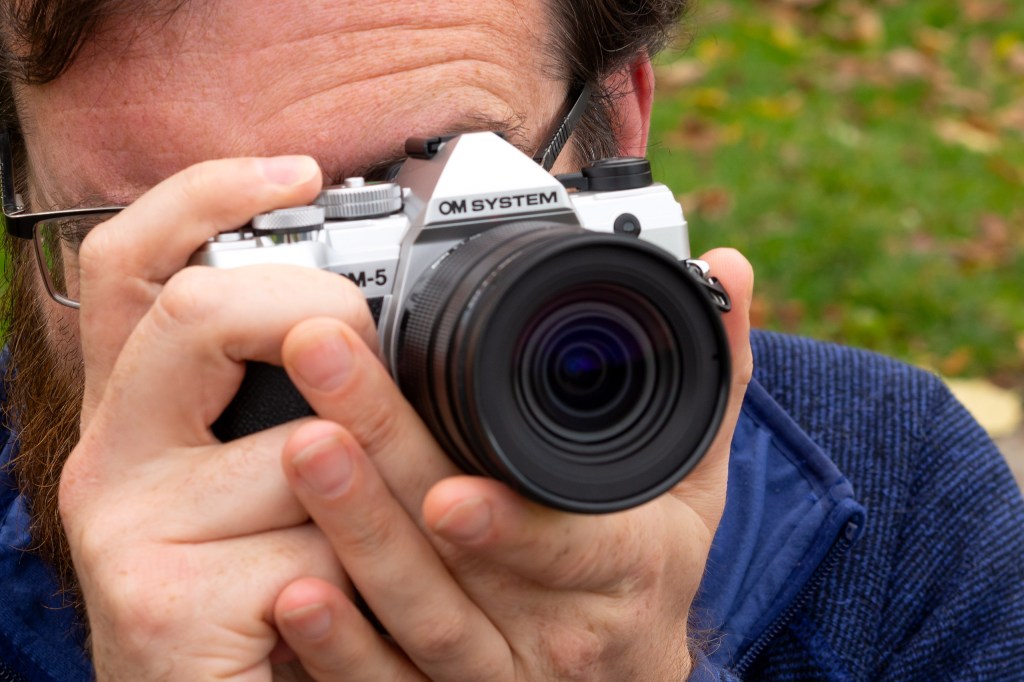At the beginning of last year, I used the OM System Olympus OM-1 Micro Four Thirds camera, the last camera to brandish the Olympus name, and one of the best Olympus cameras available.
As such this camera is already part of history. Not only that, but it’s also using the OM-1 name from the film SLR from the 70s.
OM Digital Solutions, the company who were setup following the sale of the imaging (and audio) division, created OM System and threw everything possible at the new Olympus OM-1. Designed as a “wow” camera, it certainly lived up to that promise for many people – but not all.
Micro Four Thirds sensor size
Of course, there will always be those who demand a full-frame sensor, but then, in the same sentence they complain about the size and weight of the camera and lenses.
If you want a truly smaller camera system, then you have to go for a smaller sensor, and that’s where the Micro Four Thirds system comes in. Unfortunately, we can’t ignore the laws of physics, and a larger sensor requires a larger camera body, and larger lenses.
With one sensor size, all the lenses are designed to be “just right”. You get a wide range of compact lenses, and a huge choice of Micro Four Thirds lenses, as literally the world’s first mirrorless camera system, which has been going since 2008. In terms of digital cameras system years, this is like an eternity!
Speed and performance
So, all that put to one side, the OM-1 offers an ultra-fast stacked BSI CMOS sensor, allowing for frame rates up to 120fps for stills photography, 4K video recording, and an IP53 weather-rating.
Computational photography features include LiveND, Hi-res multi-shot in-camera (for up to 80MP images), Focus stacking, plus the impressive live bulb / live composite and live time modes that let you see your exposure develop as you’re taking it. This is a real game changer if you’re interested in night photography, and for astrophotography you have Starry Sky AF.
Auto-focus offers AI subject detection giving you the choice of motorsports (cars, motorcycles), airplanes (including helicopters), trains (of all types), birds, and animals – specifically cats and dogs. Plus, you get some impressively high-speed shooting which includes continuous AF at up to 50fps (with the right lenses), or 120fps with fixed AF.
The menus are finally improved, and there’s a high-resolution electronic viewfinder, with 5.76M dots.
But look beyond the technical prowess of this camera, and simply look at it as one of the most rugged and weather-sealed cameras available, thanks to an IP53 rating, with one of the biggest lens ranges available, and you have a camera that I’d happily take with me knowing I have everything I need from a camera.
Anything that makes it easier for me to take a camera with me when I travel or am out on a day trip is going to be the camera I choose to take with me.
The OM System OM-5
This is where the OM System OM-5 comes in, if you don’t need the ultra-high-speed from the OM-1, and want an even smaller camera system, then the OM-5 also offers a weather sealed camera body.
You’ll also appreciate the lower price, along with computational photography features that are (mostly) unknown outside the world of Olympus/OM-System cameras, including LiveND, high-res multi-shot, live-time modes, Starry Sky AF, and more.
The OM-5 also makes for a great 4K video camera, with unlimited video recording, and some of the best in-body image stabilisation out there. With a fully articulated screen, and red record outline, this could make for a great vlogging camera, particularly if you want something that will cope with the wet and grey weather we have in winter months.
In fact, the OM System OM-5 is one of the cheapest weather-sealed cameras available.
And sure, it may not have the newer sensor from the OM-1, but it still delivers the same beautiful colour reproduction, and excellent JPEG output, we’ve come to love on Olympus/OM System cameras.
If you’re not a fan of Olympus or OM System, then you can also choose a Panasonic Lumix G camera, giving you even more choice of cameras, all capable of taking advantage of the huge range of Micro Four Thirds lenses.
One more thing… community
Another thing that really stands out in the Micro Four Thirds world, is the community. Whether that’s dedicated Facebook groups for Micro Four Thirds, amusingly titled “Micro Four Nerds“, or specific manufacturers Facebook pages from OM System (with direct support from the company), there are friendly, welcoming, and helpful groups out there.
Plus, there’s a number of great YouTube channels dedicated to Micro Four Thirds as well, including Red35, MicroFourNerds, That Micro 43 Guy, Eli Farnhill, and more, where you can learn more about the cameras and lenses, as well as catch some of the love for the system shared.
- Read the full OM System Olympus OM-1 review
- Read the full OM System OM-5 review
- Find the best Olympus cameras available
The views expressed in this column are not necessarily those of Amateur Photographer magazine or Kelsey Media Limited. If you have an opinion you’d like to share on this topic, or any other photography related subject, email: ap.ed@kelsey.co.uk










